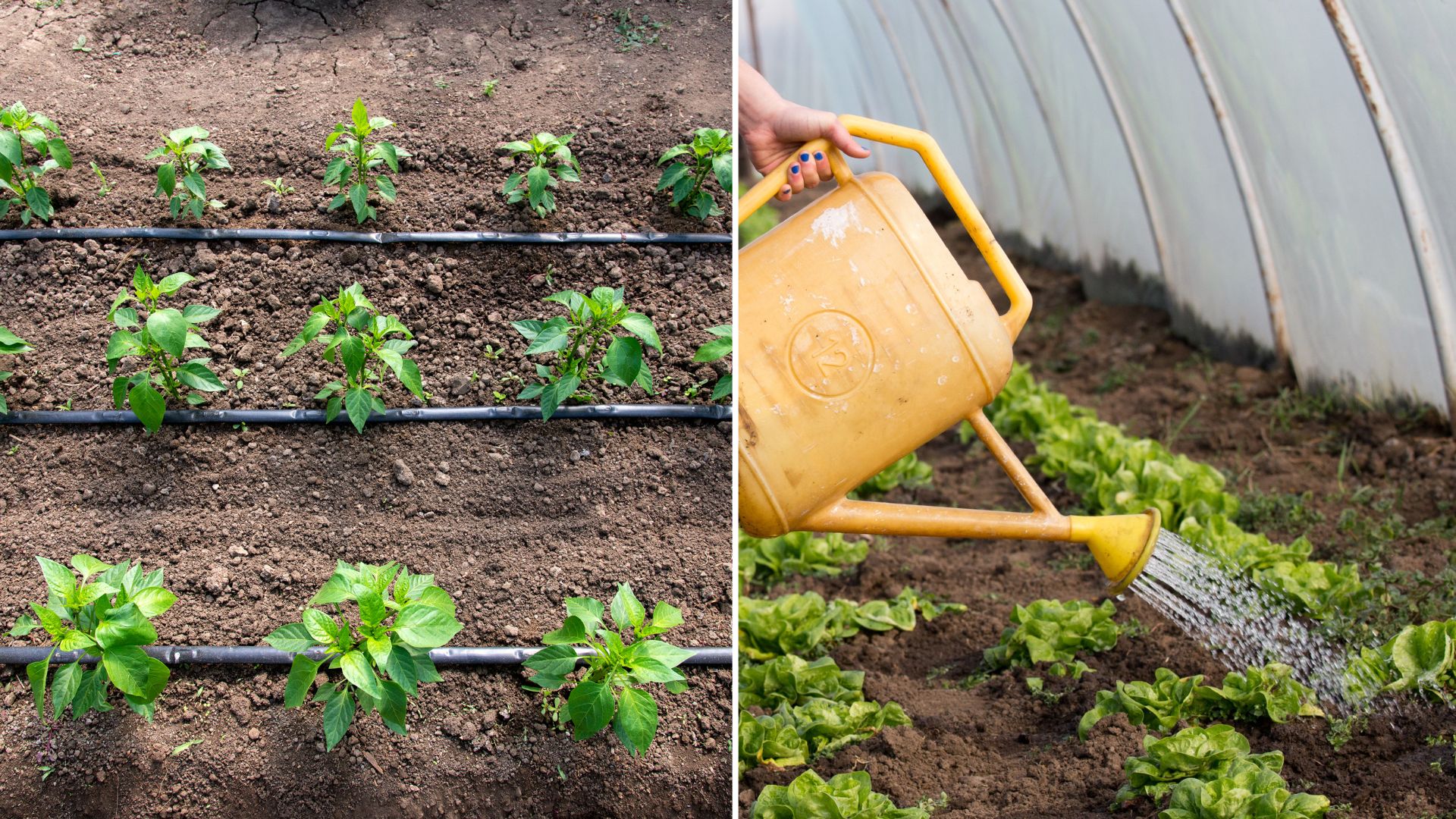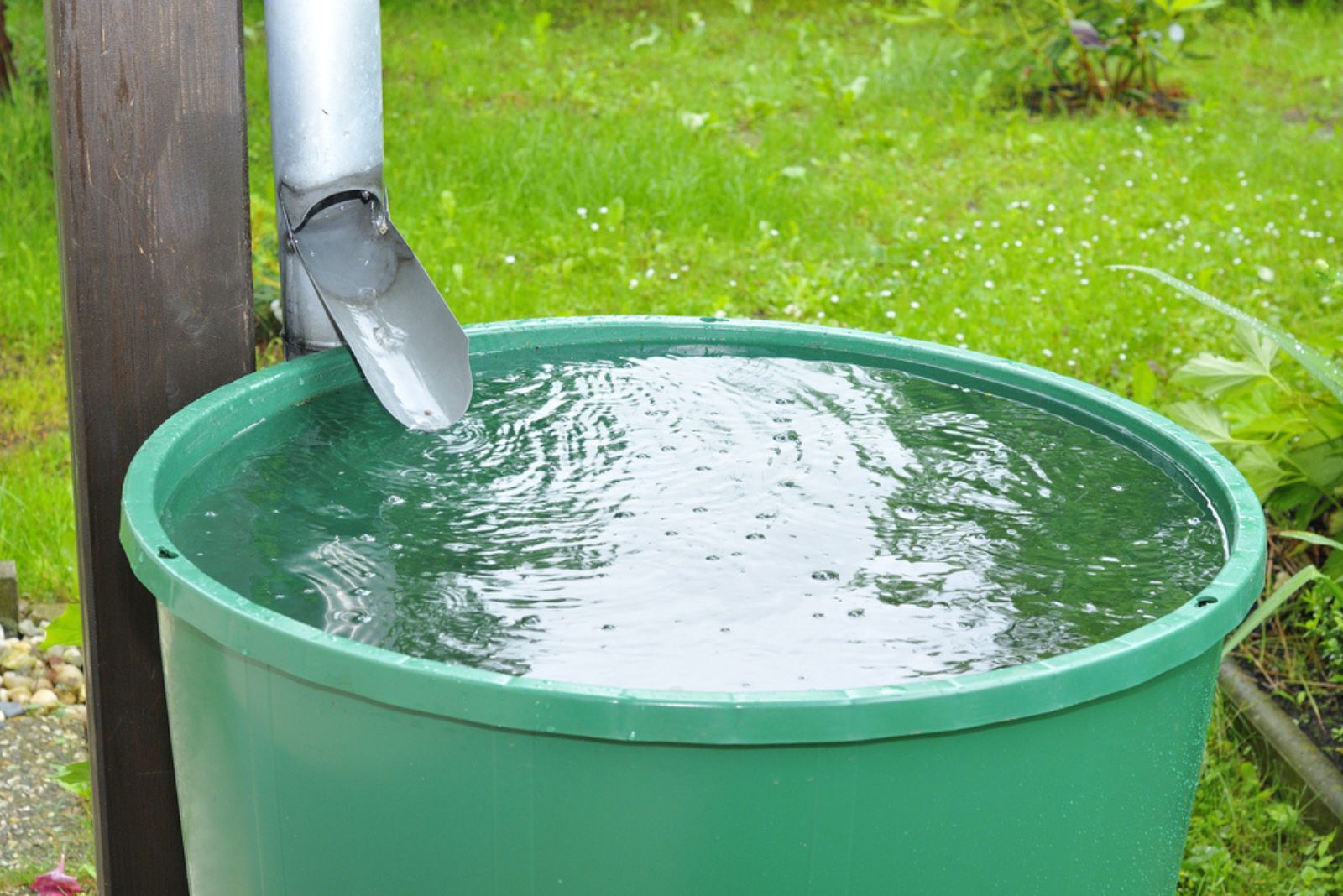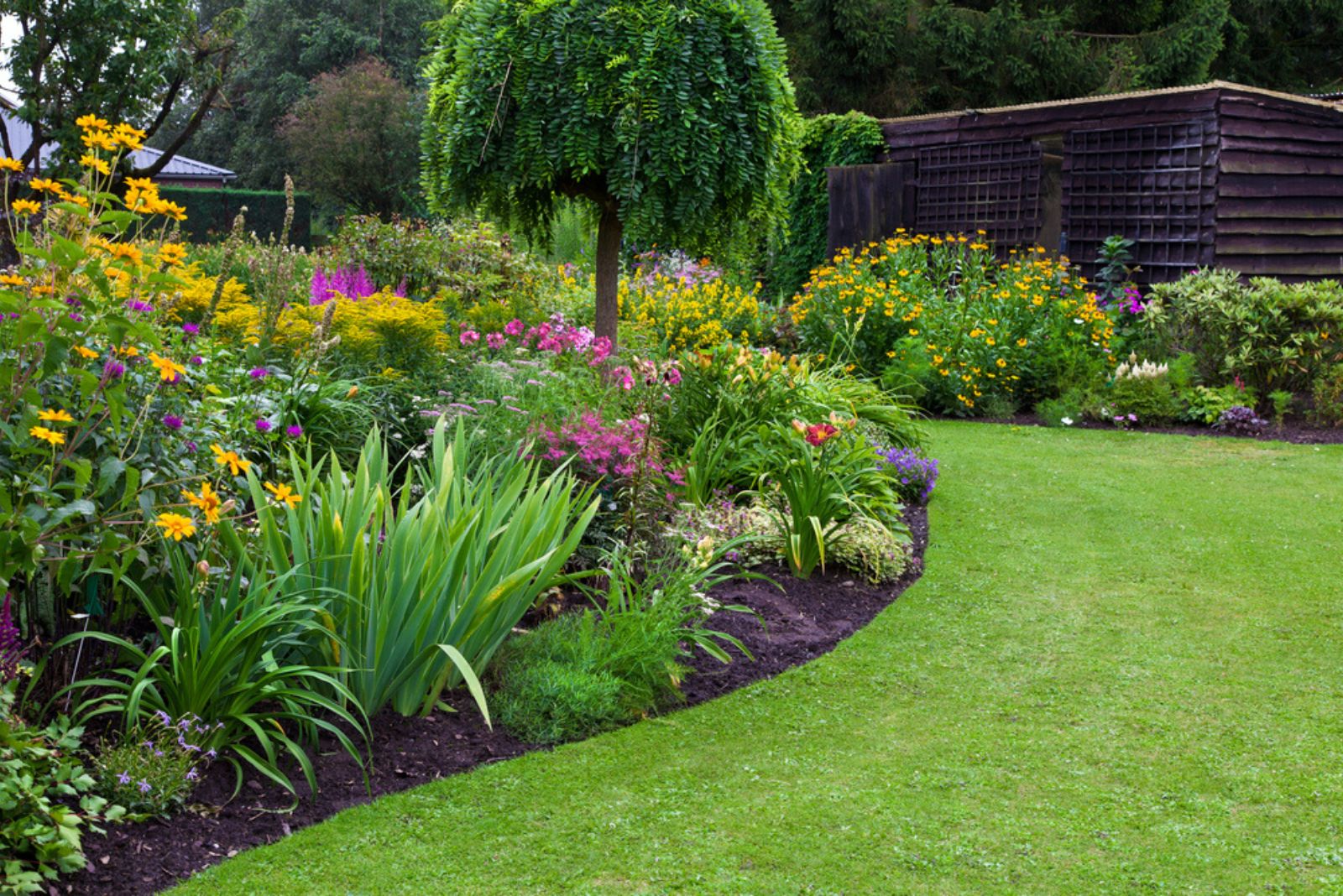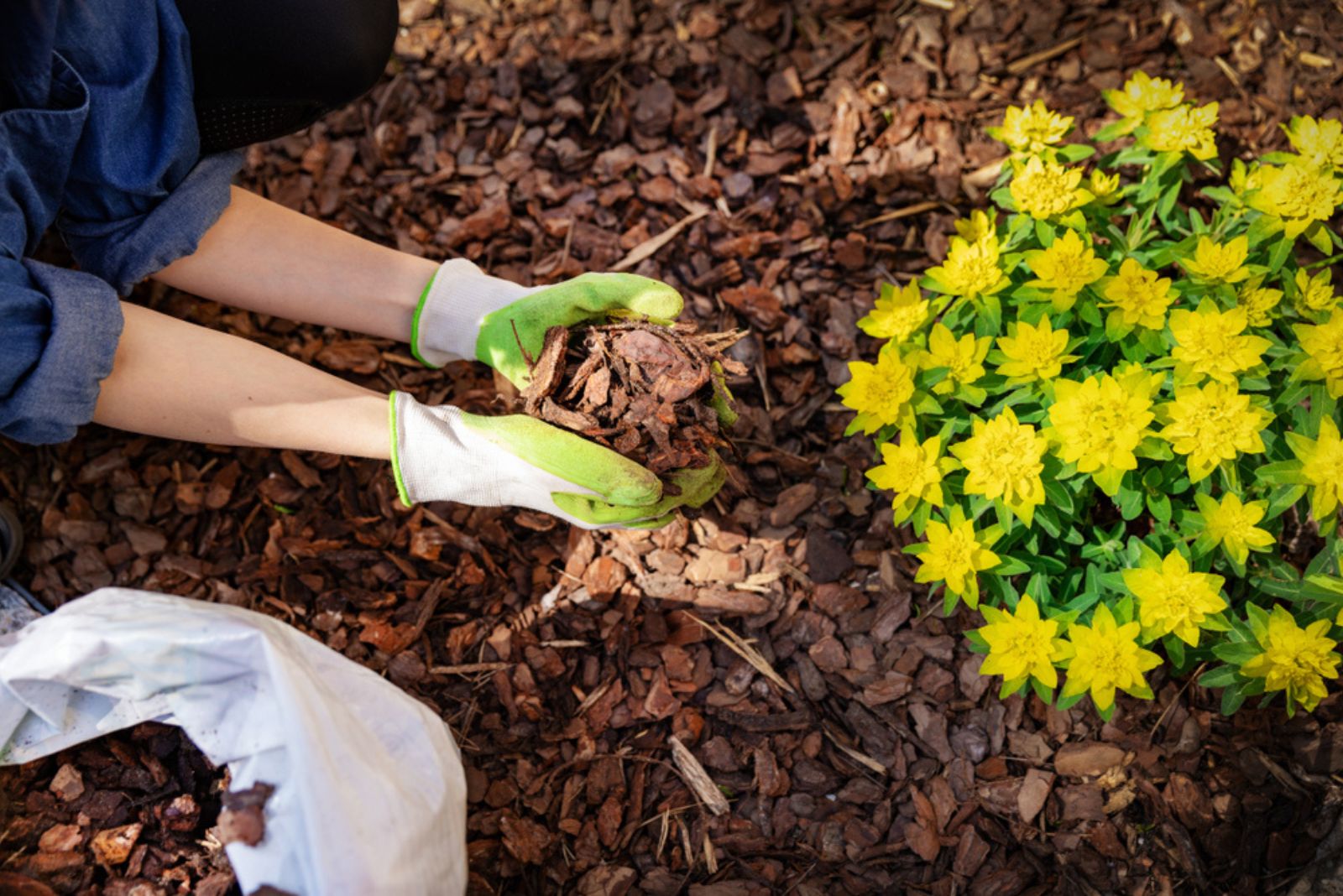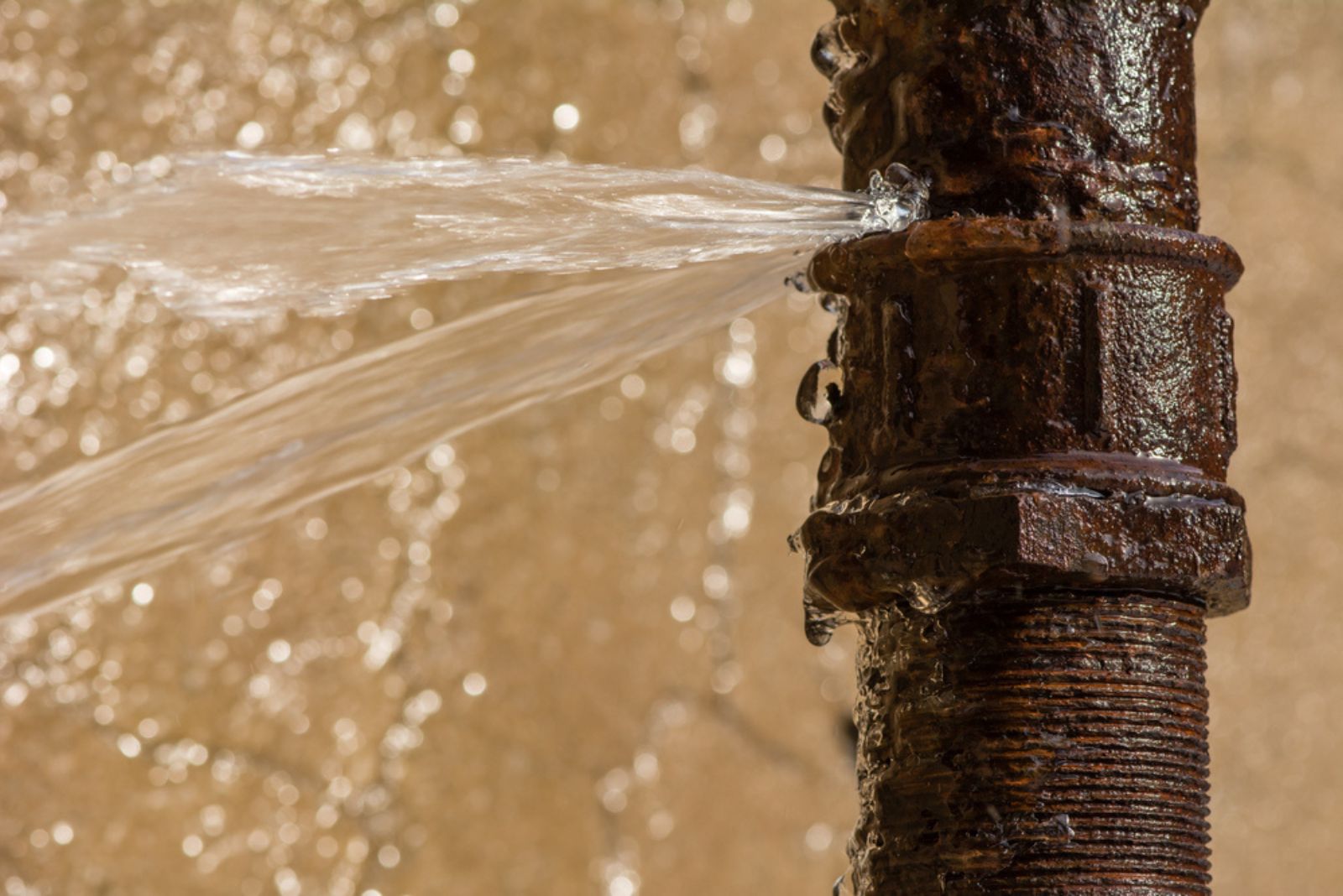If you are looking for some water saving tips, then you have come to the right place. It can be hard to maintain a thriving garden, especially during long periods of drought. Still, this is not impossible to achieve!
With a few tips and tricks, you will manage to have a lush garden and still keep your watering bill relatively low.
In this article, we are going to cover strategies that will help you save water without harming your plants. So, let’s make every drop of water count!
1. Use Appropriate Watering Technique
Wrong watering techniques can cause underwatering or overwatering – both are equally bad, although overwatering might be accompanied by root rot, a deadly fungal disease that can completely destroy your plants.
Figure out what your plants need – if you are growing tropical plants, they might need frequent watering. So, you should water your plants once the soil feels dry.
On the other hand, if you are growing plants like Cacti or Snake plants, you don’t have to worry about watering because these plants can tolerate long periods of drought.
Consider installing an automatic rain shutoff device that will turn off once the rain falls. This will prevent unintentional overwatering. You can find these on Amazon for cheap prices.
It is never enough just to water the leaves and call it a day. In fact, you should avoid watering the foliage because fungal pathogen spores can germinate when the foliage remains wet for a few hours at a warm temperature [1].
If you water the plants too shallowly, then the water wouldn’t even reach the plant’s roots. In addition, shallow watering will also enable salts to concentrate around the roots, and too much salt is never good for plants!
Take your time and water the plants thoroughly. If you don’t have time, then get devices that will do the job for you (we will discuss this in a bit).
2. Collect Rainwater
If you were wondering if rainwater is good for plants – the answer is yes!
There are a lot of benefits that come with rainwater. First of all, it is absolutely free; you won’t have to spend any money on it (which is rare nowadays). So grab your rain barrel and put it outside whenever it rains.
However, your bank account is not the only one that benefits from collecting rainwater – it is great for plants too!
Rainwater doesn’t contain the chemicals and salts that regular water does. Therefore, there won’t be any salt and chemical buildup in the soil that would otherwise harm your plants and burn their roots.
In fact, rainwater contains macronutrients that can boost leaf production. So, in a way, rainwater also acts as a light fertilizer!
Read also: What Is The Best Water For Plants? Find Out The Answer Here!
3. Install A Smart Irrigation System
If you have time and resources, consider upping your gardening game by installing the latest irrigation technology. These smart irrigation systems have sensors and timers to monitor soil moisture levels and adjust watering accordingly.
These devices ensure that your plants receive just the right amount of water they need.
You can start with a simple smart hose that has WIFI, then you can upgrade to more advanced ones like a smart sprinkler controller.
Additionally, you can try and make your own DIY drip irrigation system. This is useful for plants that don’t require constant watering. If you are interested, here are 5 steps for a DIY drip irrigation system.
4. Landscaping To Save Water
Design your garden with water efficiency in mind. Opt for plants and shrubs that are native or well-adapted to your climate, as they typically require less water.
You can go for rock gardens, gravel gardens, xeriscapes, laying a path of gravel, limiting lawn area or choosing lawn alternatives.
There are a lot of ways you can improve your landscape and save water at the same time. You can also incorporate features like berms, swales, or terraces to capture and direct water where it’s needed most.
5. Grow Plants With Similar Water Requirements
Grouping plants with similar water needs can help you water more efficiently. This way, you can provide adequate moisture to each group without overwatering or underwatering any particular plant.
For instance, drought-tolerant plants should all be grouped together so that you can skip that area when watering. However, you should specifically focus on the ones that need to grow in constantly moist soil.
If you have already mixed up your plants, then you should get a smart irrigation system that can water different parts of the garden according to the requirements of each plant type.
6. Consider Mulching
Mulching comes with multiple benefits – it can help with moisture retention, regulate soil temperature, enhance soil fertility, and suppress weed growth as well.
You can add a layer of 2-3 inches to make a protective barrier. This will reduce evaporation and prevent around 70% of soil moisture loss. This automatically means less watering!
If you have just mowed your lawn, consider using grass clippings as mulch.
7. Water The Plants At The Right Time
Watering your plants at the right time is also very important. The best time to water your plants would be early in the morning or late afternoon when temperatures are cooler.
When you water plants in the morning, there is enough time for the water to evaporate. Avoid watering during the hottest part of the day to prevent water loss and stressing the plants.
Don’t make the common watering mistake of putting your sprinklers on in the middle of the day – this only results in water loss and evaporation.
8. Fix Leaking Pipes And Faucets
Regularly inspect your irrigation system, outdoor faucets, and hoses for any leaks or drips. Even small leaks can add up to significant water wastage as time goes by.
Usually hose bibs are the ones that easily get worn-out – they need to be replaced almost every spring if they are not taken care of during the winter.
You should always disconnect hoses to protect them from freezing during winter. Make sure to repair or replace any faulty parts to prevent unnecessary water loss.
References: 1. Disease and disorders. North Carolina State University.

